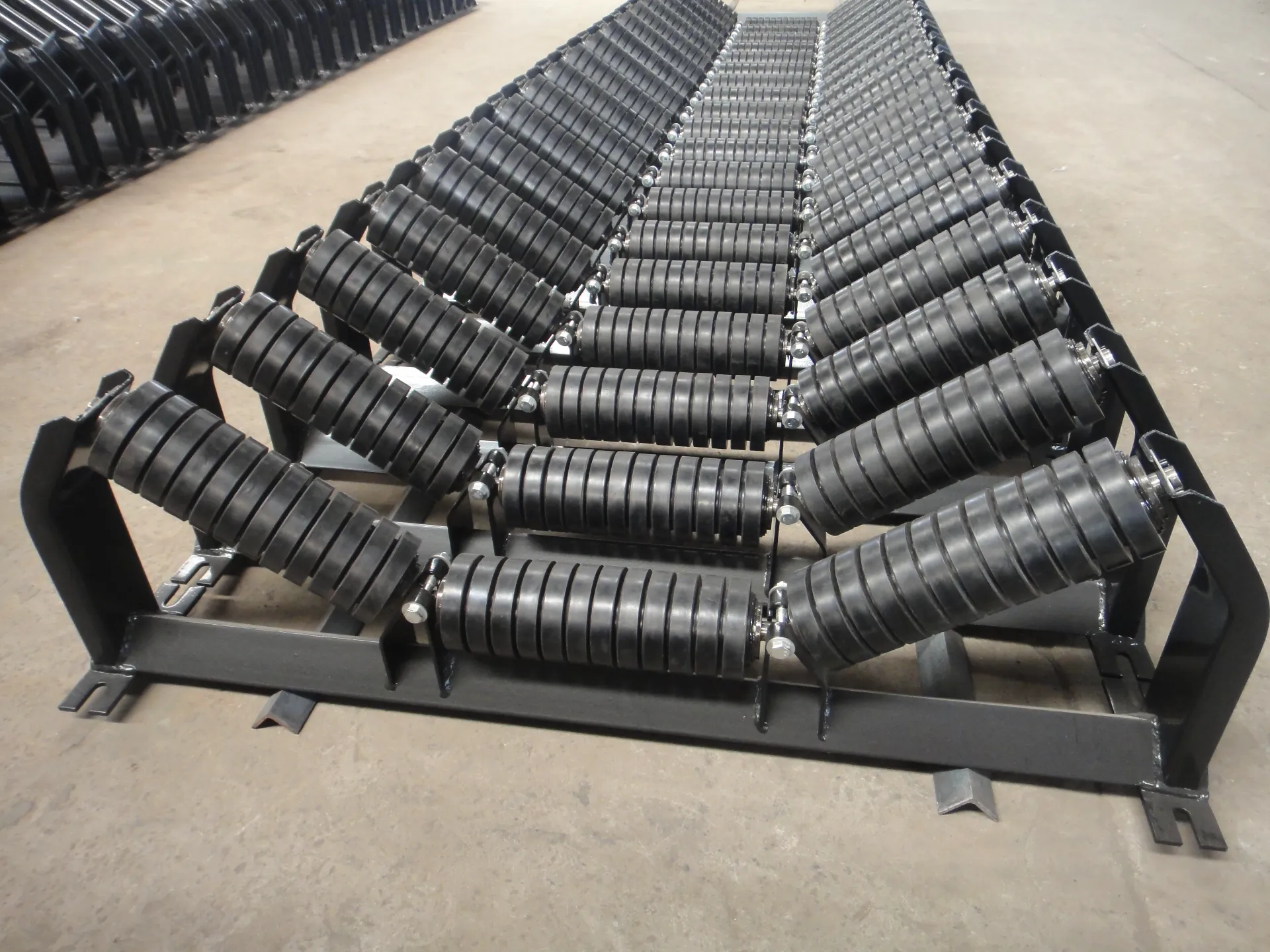 Afrikaans
Afrikaans  Albanian
Albanian  Amharic
Amharic  Arabic
Arabic  Armenian
Armenian  Azerbaijani
Azerbaijani  Basque
Basque  Belarusian
Belarusian  Bengali
Bengali  Bosnian
Bosnian  Bulgarian
Bulgarian  Catalan
Catalan  Cebuano
Cebuano  Corsican
Corsican  Croatian
Croatian  Czech
Czech  Danish
Danish  Dutch
Dutch  English
English  Esperanto
Esperanto  Estonian
Estonian  Finnish
Finnish  French
French  Frisian
Frisian  Galician
Galician  Georgian
Georgian  German
German  Greek
Greek  Gujarati
Gujarati  Haitian Creole
Haitian Creole  hausa
hausa  hawaiian
hawaiian  Hebrew
Hebrew  Hindi
Hindi  Miao
Miao  Hungarian
Hungarian  Icelandic
Icelandic  igbo
igbo  Indonesian
Indonesian  irish
irish  Italian
Italian  Japanese
Japanese  Javanese
Javanese  Kannada
Kannada  kazakh
kazakh  Khmer
Khmer  Rwandese
Rwandese  Korean
Korean  Kurdish
Kurdish  Kyrgyz
Kyrgyz  Lao
Lao  Latin
Latin  Latvian
Latvian  Lithuanian
Lithuanian  Luxembourgish
Luxembourgish  Macedonian
Macedonian  Malgashi
Malgashi  Malay
Malay  Malayalam
Malayalam  Maltese
Maltese  Maori
Maori  Marathi
Marathi  Mongolian
Mongolian  Myanmar
Myanmar  Nepali
Nepali  Norwegian
Norwegian  Norwegian
Norwegian  Occitan
Occitan  Pashto
Pashto  Persian
Persian  Polish
Polish  Portuguese
Portuguese  Punjabi
Punjabi  Romanian
Romanian  Russian
Russian  Samoan
Samoan  Scottish Gaelic
Scottish Gaelic  Serbian
Serbian  Sesotho
Sesotho  Shona
Shona  Sindhi
Sindhi  Sinhala
Sinhala  Slovak
Slovak  Slovenian
Slovenian  Somali
Somali  Spanish
Spanish  Sundanese
Sundanese  Swahili
Swahili  Swedish
Swedish  Tagalog
Tagalog  Tajik
Tajik  Tamil
Tamil  Tatar
Tatar  Telugu
Telugu  Thai
Thai  Turkish
Turkish  Turkmen
Turkmen  Ukrainian
Ukrainian  Urdu
Urdu  Uighur
Uighur  Uzbek
Uzbek  Vietnamese
Vietnamese  Welsh
Welsh  Bantu
Bantu  Yiddish
Yiddish  Yoruba
Yoruba  Zulu
Zulu Head and Tail Pulleys in Conveyor Systems Explained and Compared
Understanding Head Pulley and Tail Pulley in Conveyor Systems
In the realm of material handling, conveyor systems are indispensable for efficient transportation of goods across various industries. Among the key components of these conveyor systems are the head pulley and tail pulley. These two elements play a significant role in the functioning and efficiency of the conveyor system, and understanding their design and operation is vital for anyone involved in logistics, manufacturing, or engineering.
What is a Head Pulley?
The head pulley is located at the discharge end of a conveyor system. It is a vital component that drives the belt and is integral to the belt's movement. The head pulley is typically mounted on a frame that allows it to be adjusted and aligned, ensuring that the conveyor belt runs smoothly and efficiently. This pulley is usually powered by an electric motor, which turns the pulley and, consequently, moves the belt.
Head pulleys can also be equipped with various features to enhance their functionality. For example, some head pulleys have a rubber coating or are heavily grooved to improve grip and reduce slippage, which allows for more effective material transport. Additionally, they can be designed to release material as it reaches the end of the belt, enabling a seamless process of loading and unloading.
What is a Tail Pulley?
Conversely, the tail pulley is found at the loading end of the conveyor system. Its primary function is to support the weight of the conveyor belt and maintain its tension. The tail pulley is not powered; instead, it serves as a guide that keeps the belt aligned and prevents it from sagging. Proper tensioning at the tail pulley is crucial because it influences the overall performance of the system, including its capacity and the wear and tear of the conveyor components.
head pulley and tail pulley

The tail pulley also serves to assist in the return of the belt after it has discharged its load, ensuring that the conveyor system operates in a continuous loop. Like the head pulley, the tail pulley can be designed with various surfaces to manage friction and improve material handling.
The Interplay Between Head and Tail Pulleys
The interaction between the head pulley and tail pulley is a fundamental aspect of conveyor system design. The movement generated by the head pulley must be balanced by the support provided at the tail pulley. If the tension is not correctly maintained or if there is misalignment between the two pulleys, it can lead to premature wear, conveyor belt tracking problems, and a decline in overall efficiency.
Furthermore, maintenance of both head and tail pulleys is essential to ensuring that the conveyor system runs smoothly. Regular inspections should be conducted to check for wear and tear, proper lubrication, and alignment. This practice not only extends the life of the components but also enhances safety within the workplace by minimizing the risk of failures associated with the conveyor operation.
Conclusion
In summary, the head pulley and tail pulley are crucial components of any conveyor system, each playing distinct yet complementary roles in the overall functioning of the machinery. Understanding their functionality, maintenance needs, and the relationship between them can significantly improve the efficiency and reliability of material handling processes. Businesses that invest time in ensuring the proper operation of these components will likely see enhanced productivity and reduced downtime, leading to greater operational success.
-
Revolutionizing Conveyor Reliability with Advanced Rubber Lagging PulleysNewsJul.22,2025
-
Powering Precision and Durability with Expert Manufacturers of Conveyor ComponentsNewsJul.22,2025
-
Optimizing Conveyor Systems with Advanced Conveyor AccessoriesNewsJul.22,2025
-
Maximize Conveyor Efficiency with Quality Conveyor Idler PulleysNewsJul.22,2025
-
Future-Proof Your Conveyor System with High-Performance Polyurethane RollerNewsJul.22,2025
-
Driving Efficiency Forward with Quality Idlers and RollersNewsJul.22,2025





























